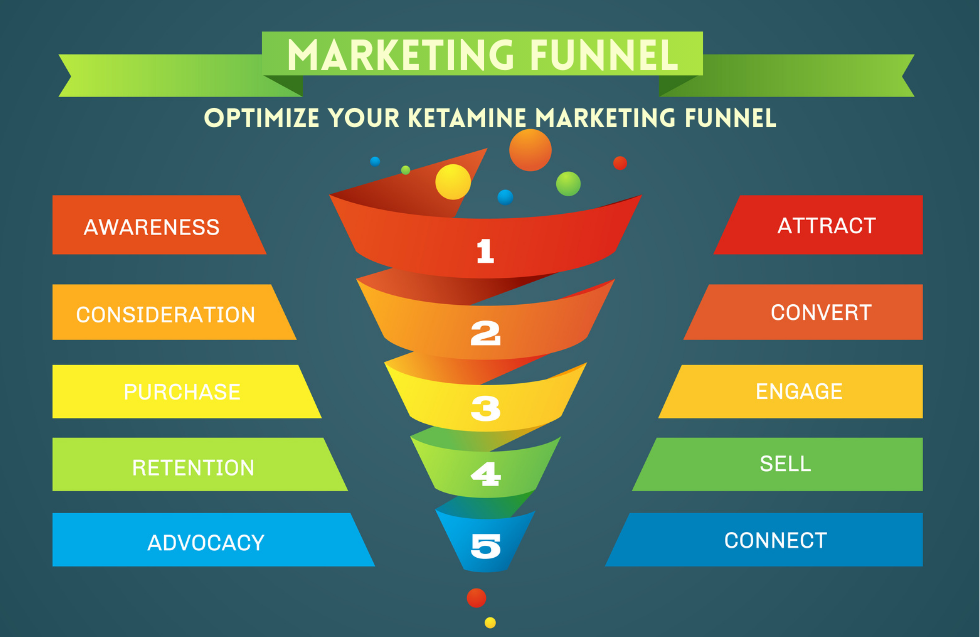In the pursuit of business growth, most organizations focus heavily on increasing sales, expanding market share, or launching new products. While these strategies are certainly important, they can often overshadow more immediate and less costly opportunities: unlocking hidden profits that already exist within your business.
Unlocking hidden profits are untapped revenue opportunities or cost-saving measures that aren’t immediately obvious but, when discovered and leveraged, can significantly boost your bottom line. These profits are “hidden” not because they are hard to reach, but because they are often buried in plain sight—within your pricing models, operational processes, customer interactions, and vendor relationships.
In this comprehensive guide, we’ll uncover 7 powerful strategies every business should implement to unlocking hidden profits. Whether you run a small business or manage a large enterprise, these strategies can be tailored to suit your organization’s specific needs.
1. Optimize Your Pricing Strategy
Pricing is one of the most powerful levers you can pull to influence profitability. Yet, many businesses stick with outdated or cost-plus pricing methods without reevaluating their pricing structures. The right pricing strategy can dramatically improve your profit margins without requiring additional sales.
Techniques to Optimize Pricing:
- Value-Based Pricing: Instead of basing your prices on cost, determine how much your customers are willing to pay based on the perceived value of your offering.
- Dynamic Pricing: Use AI and machine learning to adjust prices in real-time based on market demand, inventory levels, and competitor pricing.
- Price Testing (A/B Testing): Continuously test different pricing levels to find the optimal price point that balances conversion rates and revenue per transaction.
- Bundle Pricing: Combine products or services into a bundle to increase perceived value and average order value.
- Psychological Pricing: Use pricing techniques like charm pricing ($9.99 vs. $10) and price anchoring to influence purchasing decisions.
Case Example:
A SaaS company switched from flat-rate pricing to tiered pricing based on user numbers and features. This simple change increased their average customer value by 30% in just six months.
2. Reduce Operational Waste
Operational inefficiencies are silent profit killers. They result in unnecessary costs, time loss, and resource drainage. By identifying and eliminating waste, you not only cut costs but also improve productivity and customer satisfaction.
Types of Waste to Watch For:
- Time Waste: Excessive meetings, poor workflow design, long lead times.
- Inventory Waste: Overstocking or understocking inventory.
- Process Waste: Redundant steps or manual processes that could be automated.
- Energy Waste: Inefficient lighting, heating, or equipment.
How to Reduce Waste:
- Adopt Lean or Six Sigma methodologies to streamline processes.
- Use automation tools for repetitive tasks like invoicing, scheduling, or inventory tracking.
- Train your team on time management and productivity practices.
- Regularly review operational KPIs to identify problem areas.
Hidden Profits in Action:
A manufacturing firm implemented lean strategies to streamline its assembly line. The result? A 20% reduction in production costs and a 15% increase in output.
3. Leverage Underutilized Assets
Chances are, your business owns or controls assets that are not being used to their full potential. These could be physical, digital, or human assets that, if optimized, could generate additional income or reduce expenses.
Examples of Underutilized Assets:
- Office Space: Sublease unused rooms or desks to freelancers or small teams.
- Equipment: Rent out idle machinery or vehicles.
- Employee Skills: Empower employees to take on additional responsibilities or mentor others.
- Content: Repurpose webinars, blogs, or whitepapers into new formats (e.g., eBooks, courses).
Actionable Steps:
- Conduct an asset audit to identify unused or underutilized resources.
- Explore partnership or licensing opportunities.
- Cross-train employees to increase flexibility and reduce downtime.
Real-World Example:
A design agency began renting out its photography studio to local influencers and marketers during off-hours. This side income added $20,000 annually without additional overhead.
4. Improve Customer Retention
Customer acquisition can cost 5 to 7 times more than retaining an existing customer. Yet many businesses still prioritize attracting new customers over nurturing existing ones. Loyal customers not only buy more, they refer others and cost less to serve.
Strategies to Boost Retention:
- Implement a loyalty program to reward repeat business.
- CRM software is used to track customer behavior and personalize outreach.
- Deliver exceptional customer service—quick responses, problem-solving, and human connection matter.
- Create post-purchase engagement with follow-up emails, feedback surveys, and thank-you notes.
Benefits:
- Higher customer lifetime value (CLTV)
- More predictable revenue
- Increased word-of-mouth marketing
Case Example:
An e-commerce company used personalized email campaigns and loyalty rewards. Repeat purchases grew by 40%, and their average order value increased by 22% within eight months.
5. Upsell and Cross-Sell Smartly
Your current customer base is a goldmine for increased sales. By strategically offering them additional products or services, you can significantly enhance revenue without additional acquisition costs.
How to Upsell & Cross-Sell:
- Train staff to identify upsell opportunities during the sales or service process.
- Use eCommerce tools to suggest related items at checkout.
- Offer premium versions of your products or services.
- Bundle services in a way that adds clear value.
Best Practices:
- Make it relevant: Know your customer’s needs.
- Don’t be pushy: Offer options, not pressure.
- Focus on value: Show how the upsell or cross-sell will solve a problem or enhance the customer experience.
Example:
A software company introduced a premium support package to its mid-tier clients. Within 6 months, 25% of those clients had upgraded, increasing monthly recurring revenue by $15,000.
6. Revisit Supplier & Vendor Agreements
Your supply chain could be leaking money if you haven’t renegotiated contracts or benchmarked vendor pricing recently. Vendor relationships evolve, and so should your agreements.
What to Look At:
- Pricing terms: Are you getting the best deal for your volume?
- Delivery performance: Are delays costing you?
- Flexibility: Can you scale orders up or down?
- Loyalty benefits: Are there perks for long-term clients?
Steps to Optimize Vendor Contracts:
- Review contracts annually.
- Request competitive bids from other vendors.
- Negotiate volume discounts or extended payment terms.
- Use group purchasing organizations (GPOs) if you’re in a shared industry.
Real Savings:
A retail chain renegotiated its supplier contracts using a bulk purchase agreement, leading to a 12% cost reduction in goods, saving over $150,000 per year.
7. Use Data-Driven Decision Making
Modern businesses generate massive amounts of data—but very few use it effectively. By leveraging data, you can identify trends, forecast demand, improve marketing, and detect inefficiencies before they become costly problems.
Areas Where Data Helps Uncover Profit:
- Sales Trends: Identify your best-selling products and upsell opportunities.
- Customer Behavior: Personalize marketing efforts for better conversions.
- Inventory Management: Reduce overstock and stockouts.
- Operational Efficiency: Detect bottlenecks or underperforming processes.
Recommended Tools:
- Google Analytics
- CRM systems (e.g., Salesforce, HubSpot)
- Business Intelligence dashboards (e.g., Power BI, Tableau)
- Inventory and POS systems
Example:
A mid-sized restaurant chain used data to pinpoint slow-selling menu items and optimized their offerings. Result? An 18% reduction in food waste and a 9% increase in average ticket size.
Final Thoughts: Profitability Is Closer Than You Think
In many cases, businesses don’t need to launch a new product or enter a new market to increase profits. Often, the most impactful solutions are those that uncover value from within—by working smarter, not harder.
Implementing these 7 strategies—from pricing and process optimization to data utilization and customer engagement—can help you find and unlocking hidden profits that boost revenue, reduce costs, and increase long-term sustainability.
Now is the perfect time to step back, reassess your current operations, and ask: Where is profit hiding in my business today?
Frequently Asked Questions (FAQs)
Q: What are hidden profits in business?
A: Unlocking hidden profits are revenue opportunities or cost savings that exist within your current business operations but are not being fully realized or capitalized upon.
Q: How do I find hidden profits in my business?
A: Start by analyzing your financial data, pricing strategy, customer retention metrics, and operational workflows. Conduct internal audits and benchmark industry best practices.
Q: Which strategy should I start with?
A: Start with improving customer retention or pricing optimization, as these areas often yield quick wins with significant financial impact.
Q: Are these strategies suitable for small businesses?
A: Absolutely. In fact, small businesses often benefit the most because even minor improvements in pricing, customer retention, or operational efficiency can lead to substantial gains.
Q: How often should I revisit these strategies?
A: Regularly—ideally quarterly. Market conditions, customer behavior, and operational costs change rapidly. A continuous improvement mindset ensures ongoing profit discovery.













